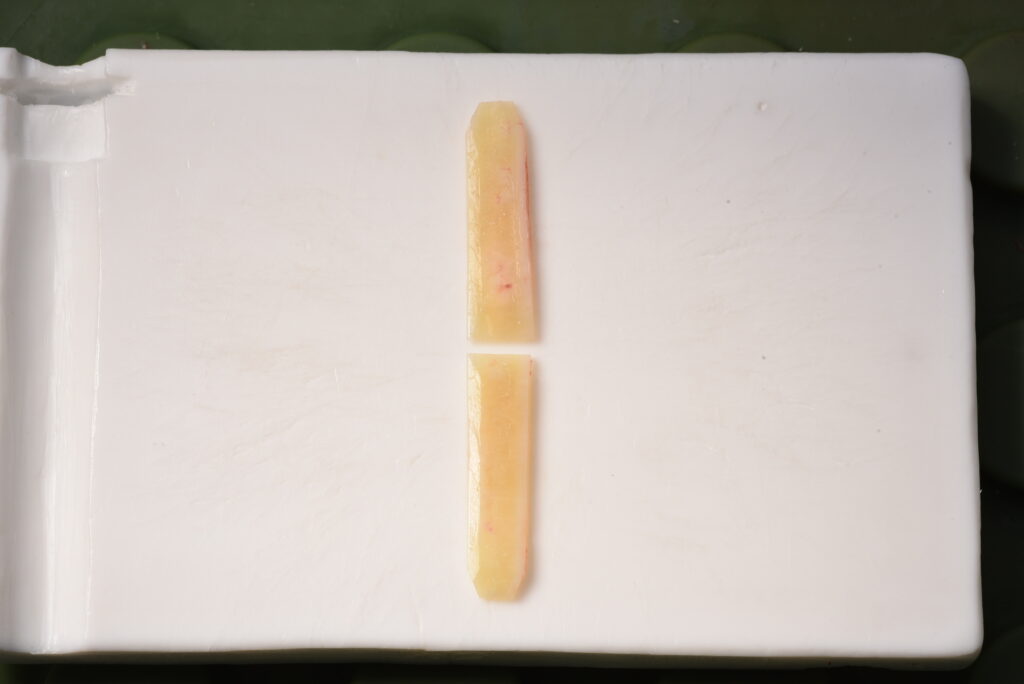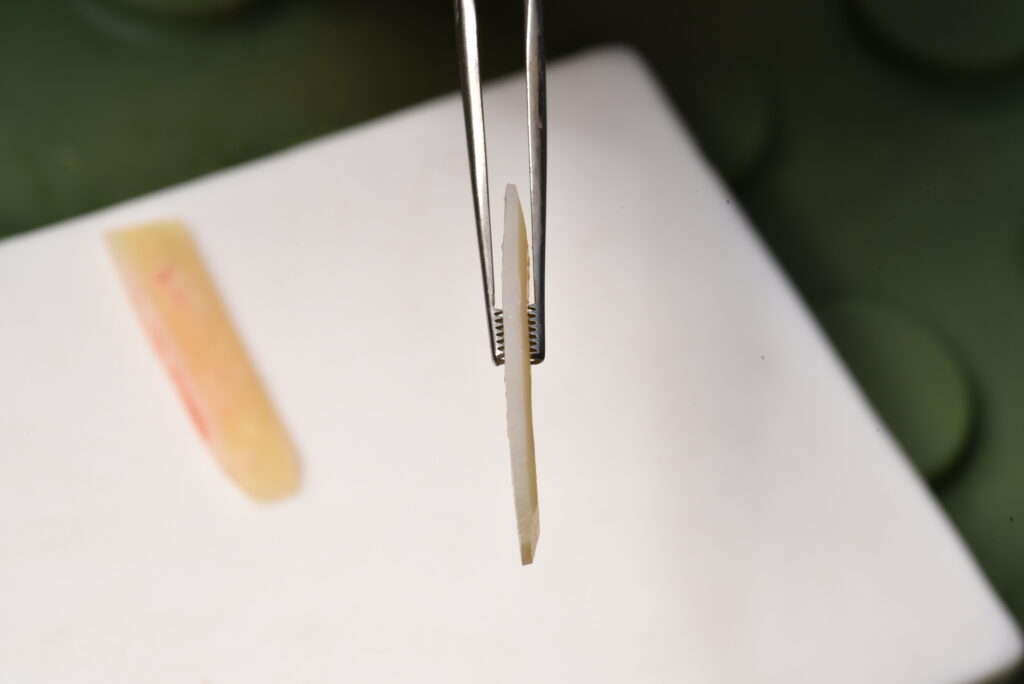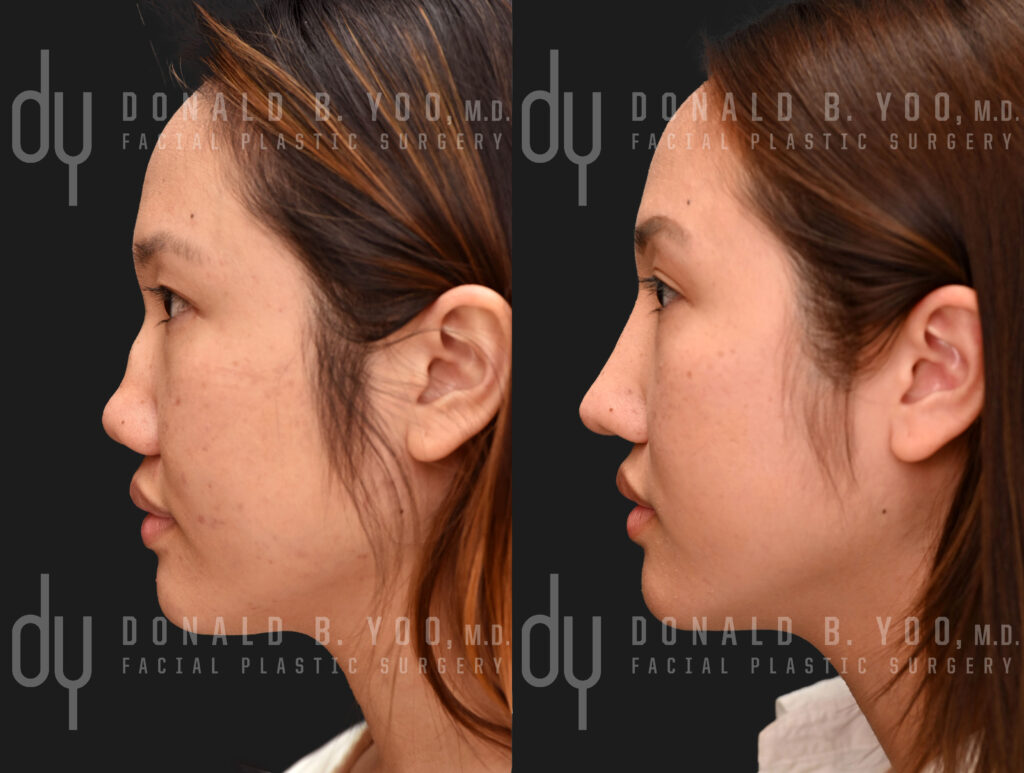
Spreader grafts were initially described in the ’80s by a rhinoplasty surgeon named Jack Sheen, who used them through an endonasal – or closed, scarless – approach to provide support in patients with short nasal bones, and to reconstruct the middle vault after dorsal hump reduction. Since this initial description and application, the uses of spreader grafts during nose job surgery have been expanded to include correction of internal nasal valve narrowing or collapse, adding additional support to the dorsal septum, straightening deviation of the dorsal septum, widening the middle third of the nose, to lengthen or counter-rotate the nose, and to create continuity of the dorsal aesthetic lines.
Spreader grafts can be carved from straight pieces of cartilage, most typically from that harvested from the septum or the cartilaginous rib. Tapering and chamfering the grafts allows for the optimum nasal contour during rhinoplasty and revision rhinoplasty by reducing any unnecessary bulk, and providing volume only in the locations where it will increase the cross-sectional area of the internal nasal valve, and/or provide necessary support for the nasal framework.

Spreader grafts carved to span the length of the middle vault, while transitioning seamlessly under the nasal bones, and tapered along the dorsal aspect to recreate and improve the dorsal aesthetic lines.

Before and after revision rhinoplasty with rib cartilage and fascia to restore stability and projection of the dorsum while counter-rotating and lengthening the nose with extended spreader grafts.
 Contact Us
Contact Us